
Mason LED floodlight: sturdy design and super energy-saving
Mason LED floodlight: sturdy design and super energy-saving When it comes to commercial LED outdoor lighting, Mason is a trusted brand in the industry. Our
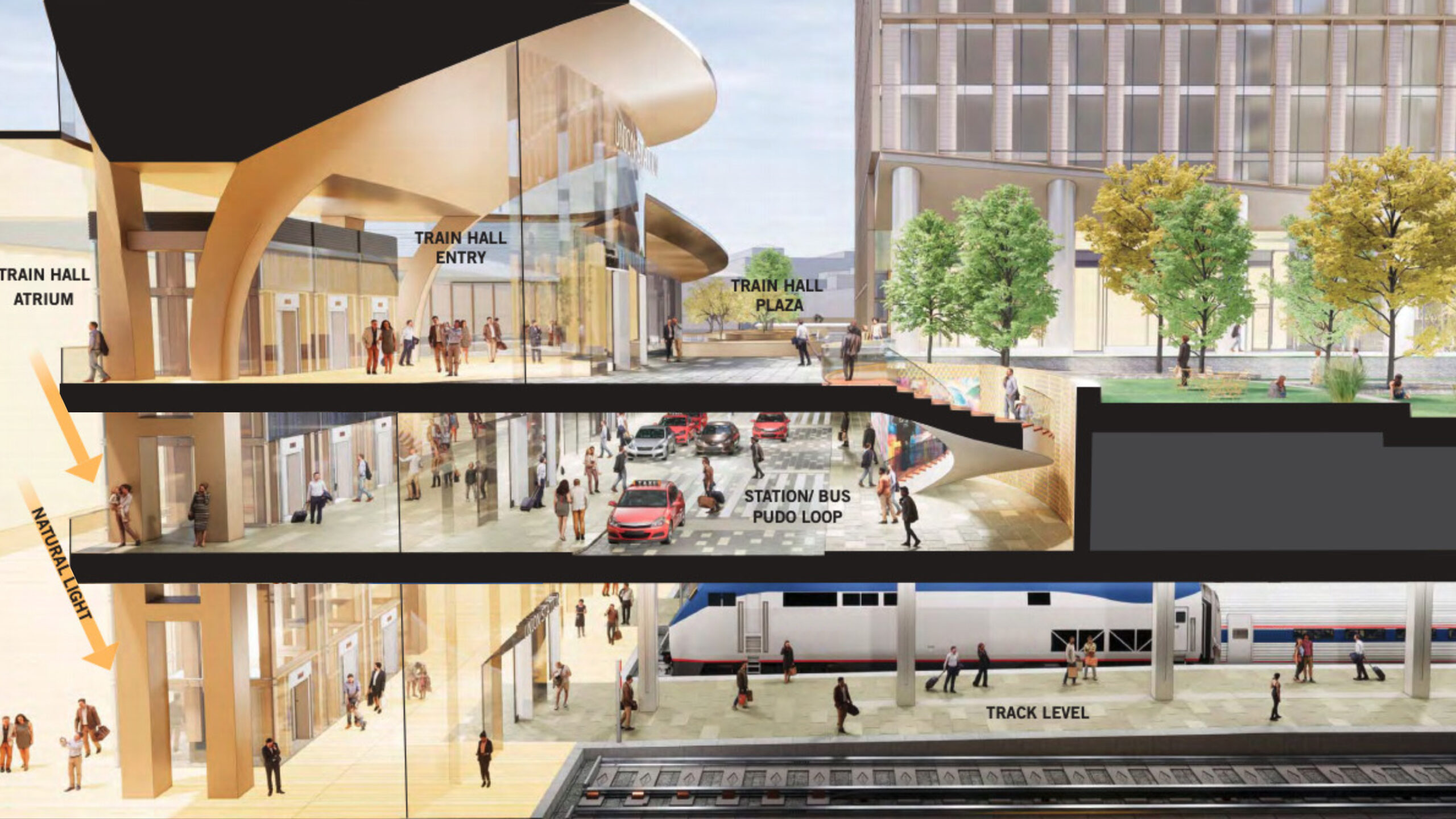
The subway lighting system plays a pivotal role in ensuring both safety and operational efficiency. Its technical specifications revolve around several key aspects:
Illumination Standards: Subway stations must meet predefined illumination levels to ensure adequate brightness for safe and comfortable movement of passengers and staff.
Emergency and Safety Lighting: Essential systems like emergency, duty, and transition lighting are imperative for guiding passenger evacuation during emergencies and enabling staff to conduct necessary operations and maintenance.
Lighting Quality: Attention is paid to avoiding glare and ensuring uniform light distribution to enhance visual comfort and passenger safety.
Energy Efficiency: The emphasis is on employing high-efficiency light sources, lamps, and intelligent lighting controls to minimize energy consumption and achieve significant energy savings.
Operations and Maintenance: Comprehensive plans and measurement methods are established to ensure the long-term stability and functionality of the lighting system.
Intelligent Lighting Control System: Automated systems that adjust lighting intensity based on passenger flow and external ambient light changes enhance management efficiency and energy conservation efforts.
Compliance with Standards: All design and installation activities adhere strictly to national standards such as “Urban Rail Transit Lighting” (GB/T 16275-2008) to guarantee quality and safety.
In essence, the design and execution of subway lighting necessitate a holistic approach, balancing safety, comfort, and energy efficiency. Leveraging advanced technology and stringent standards is crucial to enhancing overall performance and meeting sustainability objectives.
Entrance/Exit:
Entrance hall/stairs/escalator/passage
The light at subway entrances and exits must be sufficiently bright to ensure passenger safety. Inadequate lighting increases the risk of accidents. It’s advisable to adjust the lighting balance inside and outside based on day and night conditions. During the day, prioritize external lighting at a ratio of 1:10-1:15, while at night, favor internal lighting at a ratio of 2:1-4:1. These adjustments help maintain optimal lighting levels for passenger safety.
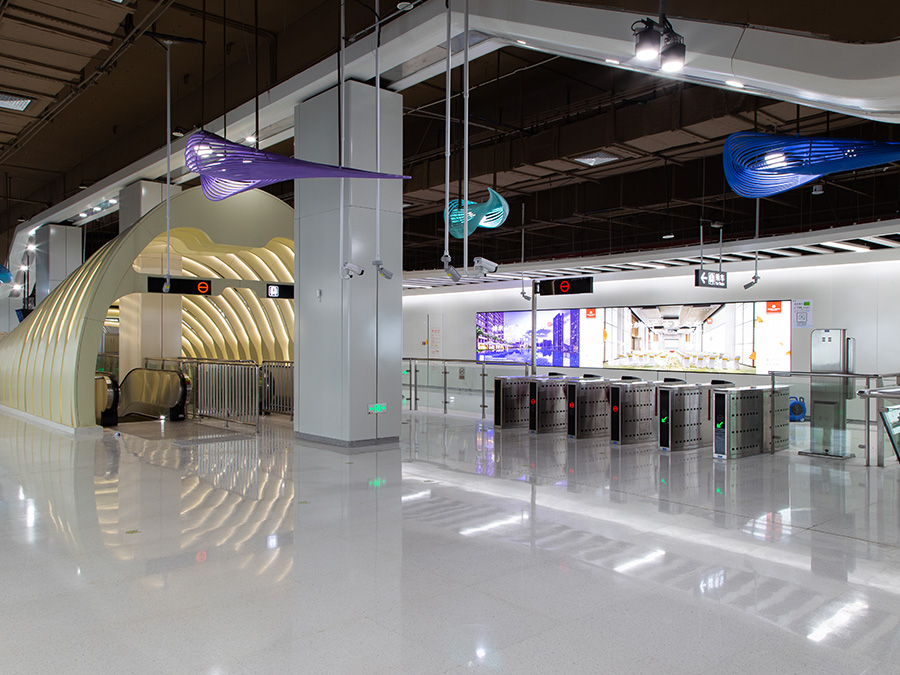
Station stairs/escalators/ticket office/self-service ticket vending machine/ticket gate/self-service ticket gate/station concourse (underground)
Safety throughout the entire process from passengers entering the station from the outside until they board the train is paramount. Lighting plays a crucial role in this process. Passengers need to navigate safely while walking, using stairs and escalators, purchasing tickets, passing through security checks, navigating gates, and waiting for trains. Sometimes, simply reading relevant information is necessary. Additionally, lighting is essential to ensure trains stop and depart safely and punctually.
Lighting serves not only to provide illumination for passengers to carry out various tasks but also to create a comfortable environment. This includes managing the transition of light from outdoor to indoor spaces and addressing safety and security concerns at each location. Therefore, thoughtful lighting design enhances passenger safety and ensures trains stop and depart on schedule.
Platform:
Platform (underground)/ Platform (above ground)
When passengers move from the station hall onto the platform, wait for trains, and board them, it’s crucial for them to clearly discern the height difference and gap between the train and platform. Safety during boarding is paramount, along with ensuring complete closure of screen doors. This enables both passengers and drivers to have clear visibility ahead of the screen doors, ensuring safe and timely train arrivals and departures.
Lighting serves a dual purpose on the platform: providing illumination for passenger activities and meeting their short-term reading needs on rest chairs, thereby fostering a secure environment. Adequate lighting of train direction signs above the screen doors is also pivotal for passengers to easily read characters. Besides ensuring sufficient and uniform illumination of these signs, it’s imperative to prevent passengers from experiencing glare from the signs and lighting fixtures across the entire platform area.
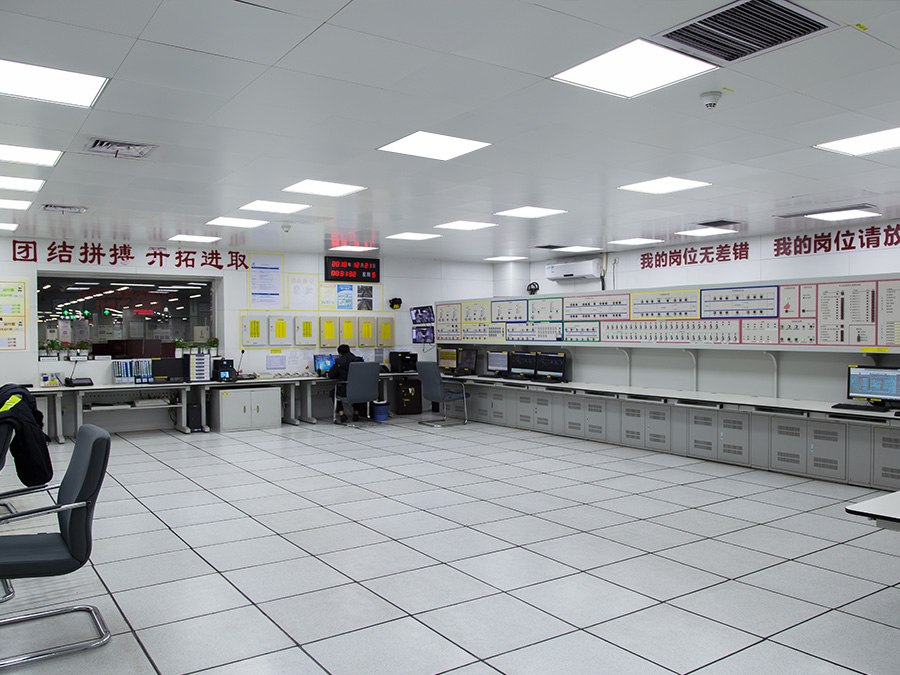
Office/lounge/bathroom/comprehensive control room/equipment room/pump room/fan room/air duct/computer room/central control room/file room/equipment room
The technical equipment room stands as a cornerstone facility ensuring seamless train operations and maintaining a conducive station environment. Its significance amplifies during crisis management, responding promptly to accidents and disasters. These structures, directly or indirectly, support both train operations and passenger well-being.
Lighting design within subway equipment areas must strike a balance. It should cater to the convenience and energy-saving requirements of daily operations while prioritizing safety during emergencies, ensuring the subway system operates efficiently and securely.
Interval Section:
Tunnel/ground, elevated line/turnout area
The section between subway stations, known as the interval section, requires specific lighting known as interval lighting or tunnel lighting. This lighting serves two main purposes: work illumination and emergency lighting. Fixtures are placed every 5 to 6 meters, with alternating arrangements of these two types. In single-line tunnels, lighting fixtures are typically mounted on the left wall in the direction of traffic.
Interval lighting fixtures must meet stringent criteria, being waterproof, dustproof, and corrosion-resistant to withstand the challenging conditions of subway tunnels, including moisture, water, and wind pressure from passing vehicles. They should have a protection rating of no less than IP65 to ensure lamp stability and longevity amidst subway vibrations. Additionally, anti-glare functionality is crucial to prevent disruption of the driver’s vision.
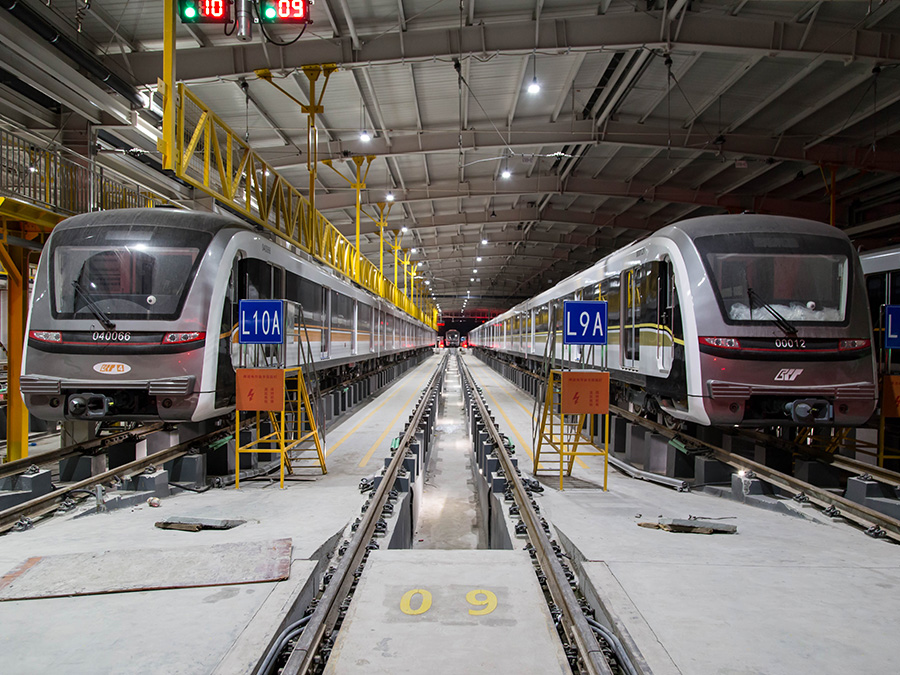
Washing garage/signal control room/inspection room/laboratory/compressed air station/warehouse/intersection road
The subway depot serves as a critical facility for parking, managing, and maintaining subway vehicles, encompassing daily operations, upkeep, and regular maintenance. Lighting design within the depot typically comprises three components: high pole lights/street lights, ceiling lights, and under-platform lighting.
Lighting fixtures must be meticulously designed to account for factors such as waterproofing, dustproofing, and lightning protection, ensuring their safety and reliability. Lamps should have a protection rating of no less than IP65 to withstand potential moisture, dust, and other environmental conditions prevalent in depots. Notably, lighting fixtures located under platforms should adhere to safety standards for power supply voltage, typically 24V or 36V.
This design approach ensures ample illumination, safety, and reliability within the vehicle depot, fostering an optimal working environment for vehicle management and maintenance.
Mason has a team of skilled designers and engineers who have the expertise to conceive and develop innovative lighting solutions based on specific project requirements. Whether customizing an existing design or creating an entirely new product, Mason’s design capabilities ensure that customer specifications are effectively met.
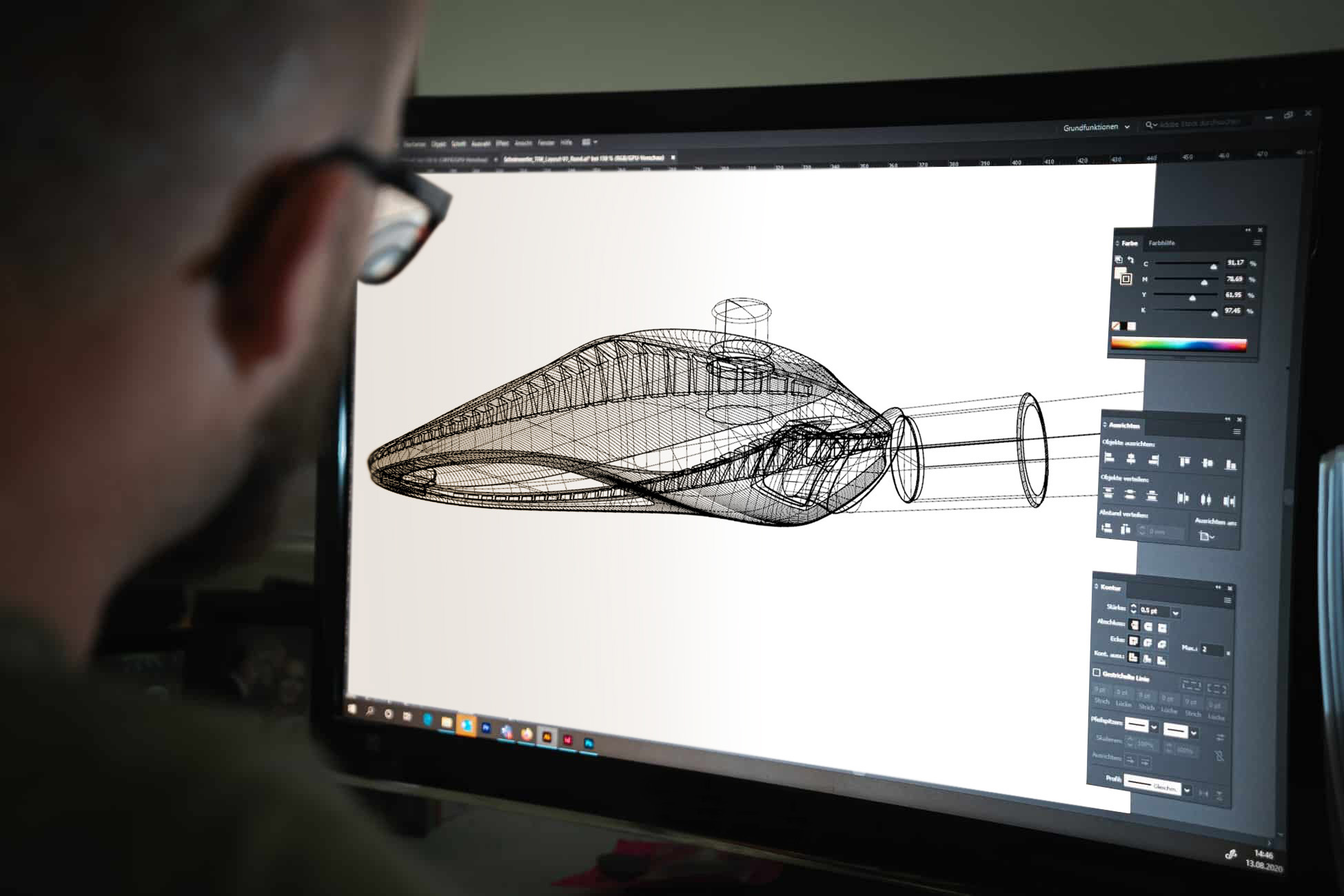
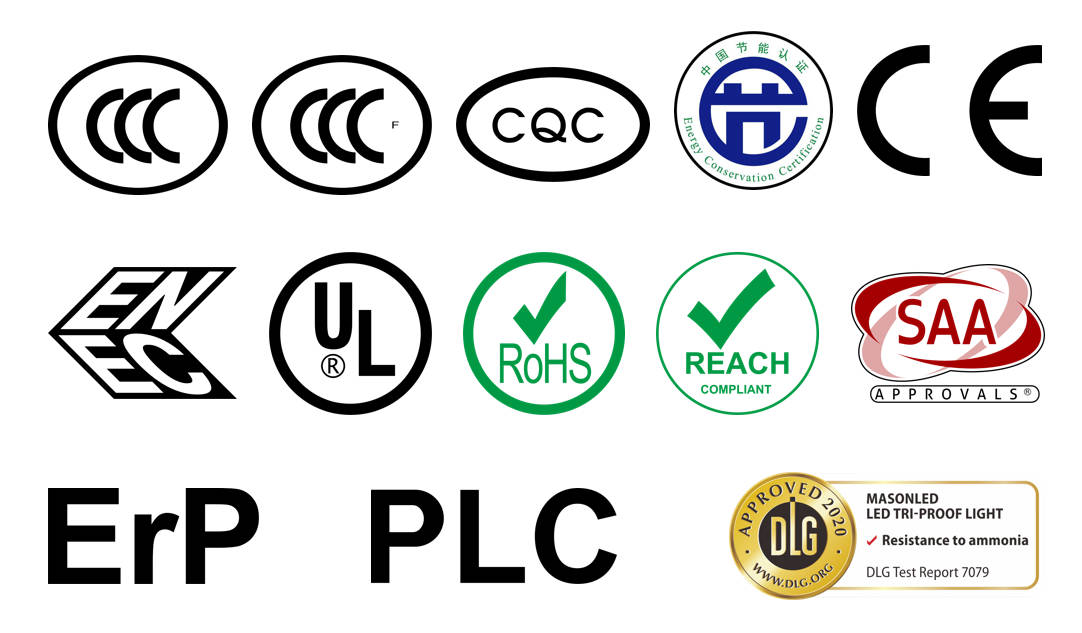
Mason understands that every project has unique requirements. With flexible manufacturing processes and a commitment to customization, Mason can tailor its products to meet customers’ specific needs, brands and specifications. This flexibility extends to every aspect, including design, functionality, materials and packaging.
Mason focuses on quality throughout the entire manufacturing process, ensuring every product meets the highest standards of reliability, performance, and safety. From design and material procurement to production and testing, strict quality control measures are implemented at every stage to ensure the consistency and excellence of the final deliverables.

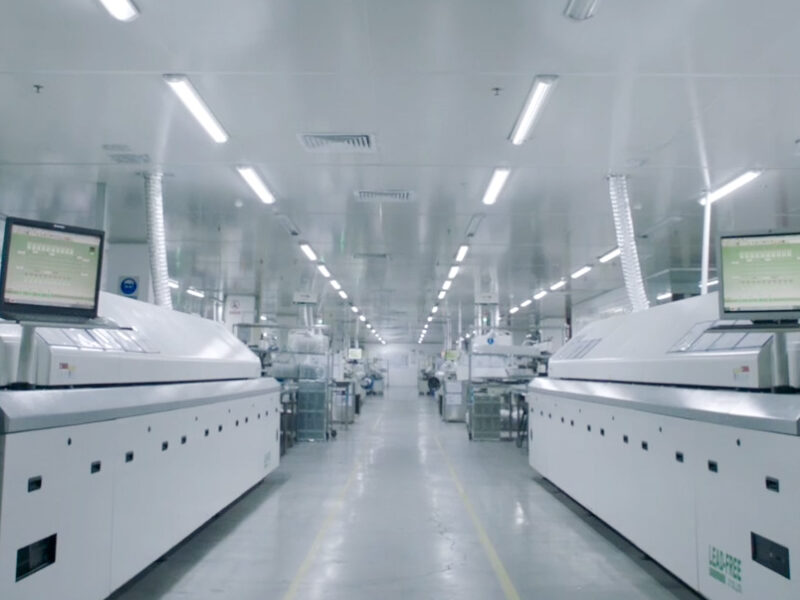
Mason’s well-equipped manufacturing facilities and efficient production processes enable it to handle projects of varying sizes and complexity. Whether it is small-scale customization or mass production, Mason has the ability to meet the needs of OEM and ODM projects.
Mason values partnerships with clients, working closely with them throughout the project lifecycle to understand their needs, preferences and goals. This collaborative approach ensures that client expectations are not only met but exceeded.


Mason LED floodlight: sturdy design and super energy-saving When it comes to commercial LED outdoor lighting, Mason is a trusted brand in the industry. Our

Mason’s 4000k LED Flood Light – The Best Choice For Commercial Properties Outdoor lighting is a crucial aspect of any commercial property. Inadequate or outdated
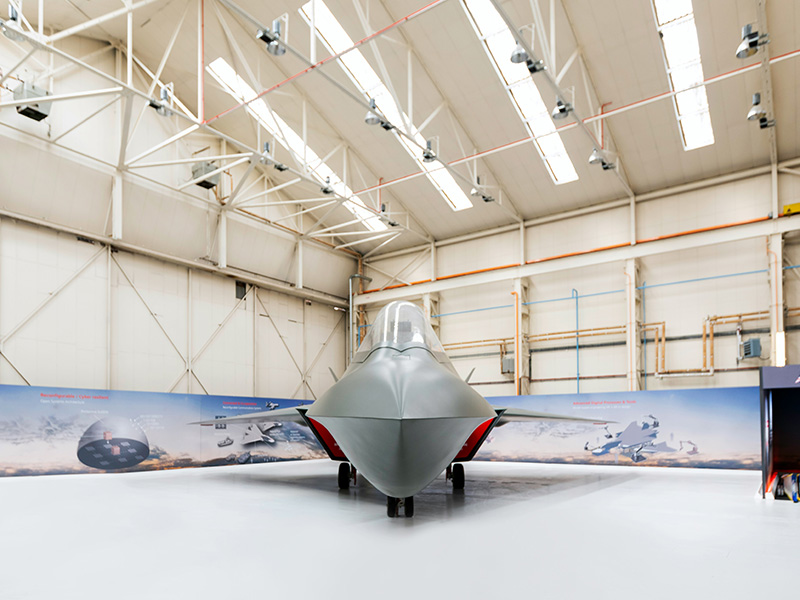
Types of High Bay LED Lights High bay LED lights come in various designs to suit different applications and deliver specific features. The three primary
